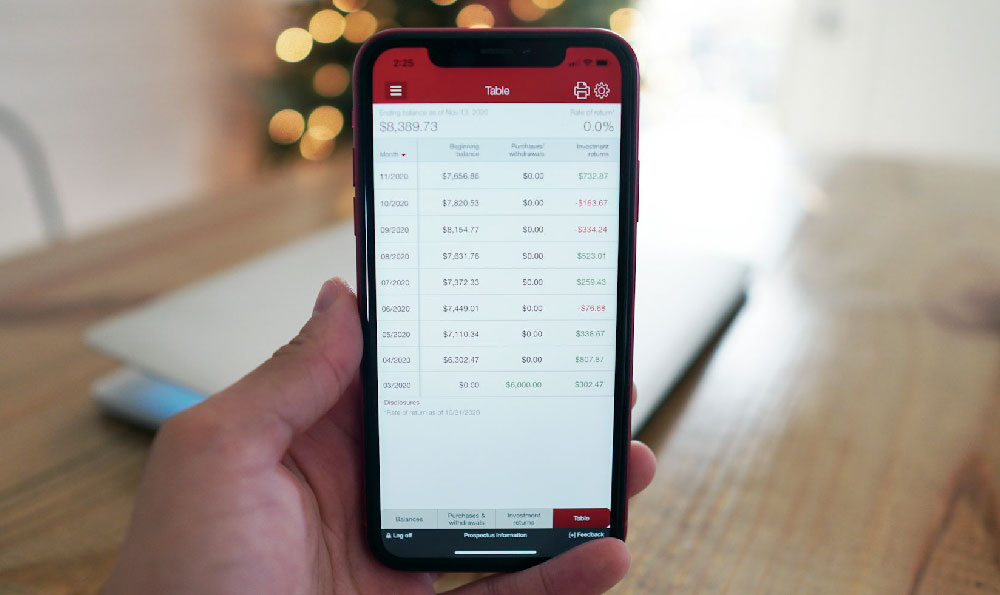Fortnite, the behemoth of the free-to-play gaming world, has undeniably become a cultural phenomenon. Its vibrant graphics, addictive gameplay, and ever-evolving content have captivated millions, transforming it from a simple battle royale game into a sprawling ecosystem that includes collaborations with major franchises, in-game concerts, and a thriving esports scene. However, behind the dancing emotes and cartoonish violence lies a multi-billion dollar empire, and the question of "how much does Fortnite make?" is intrinsically linked to a more pertinent inquiry: "is it enough?". To answer this, we must delve into the complexities of Fortnite's revenue streams, the costs associated with maintaining and expanding its ecosystem, and the long-term sustainability of its current model.
Estimating Fortnite's precise earnings is a challenging endeavor, as Epic Games, the developer, is a privately held company and does not publicly disclose specific financial figures with the same transparency as publicly traded corporations. However, industry analysts, market research firms, and extrapolations based on in-game spending habits provide valuable insights. Early estimates, following the game's explosive popularity in 2018, suggested revenue figures exceeding several billion dollars annually. While the precise numbers have fluctuated since then, it is safe to assume that Fortnite continues to generate substantial revenue, placing it among the highest-grossing video games in the world.
The primary source of Fortnite's revenue stems from in-game purchases. Unlike traditional video games that require an upfront purchase, Fortnite operates on a free-to-play model. This allows anyone with a compatible device to download and play the game without spending any money. However, the game entices players to spend money on cosmetic items such as character skins, weapon wraps, emotes, and battle passes. These items do not provide any competitive advantage, meaning that players who choose not to spend money are not at a disadvantage compared to those who do. This approach has proven to be incredibly successful, as players are willing to spend money on items that allow them to express their individuality and customize their in-game appearance.

The Battle Pass, in particular, is a key driver of revenue. It is a seasonal subscription that offers players access to a range of exclusive cosmetic items and challenges. By completing these challenges, players can unlock more items and progress through the Battle Pass tiers. The Battle Pass is typically priced at around $10, making it an accessible and attractive option for players who want to enhance their Fortnite experience. The limited-time nature of these seasonal passes further incentivizes players to purchase them, creating a sense of urgency and FOMO (fear of missing out).
Beyond cosmetics, Fortnite also generates revenue through collaboration events and partnerships. The game has partnered with numerous major franchises, including Marvel, Star Wars, and the NFL, to introduce themed content and limited-time game modes. These collaborations often involve the release of exclusive cosmetic items based on the partnered franchise, which players can purchase in the Item Shop. These partnerships not only generate revenue but also attract new players to the game, expanding its reach and audience. The digital concerts held within Fortnite, featuring artists like Travis Scott and Ariana Grande, represent another significant revenue stream, generating income through in-game merchandise sales and attracting massive viewership.
While Fortnite's revenue generation is undeniably impressive, it is crucial to consider the substantial costs associated with maintaining and developing the game. Epic Games invests heavily in game development, server infrastructure, marketing, and esports. Developing new content, fixing bugs, and implementing new features requires a large team of skilled developers, artists, and designers. Maintaining a stable and reliable server infrastructure is crucial for ensuring a smooth and enjoyable gaming experience for millions of players worldwide. Marketing and promotion are essential for attracting new players and retaining existing ones. Epic Games also invests heavily in esports, hosting tournaments and leagues that offer substantial prize pools to professional players.
The sustainability of Fortnite's revenue model is also a critical consideration. The free-to-play model relies heavily on the constant influx of new content and features to keep players engaged and spending money. If Epic Games fails to innovate and provide compelling reasons for players to continue playing, they may lose interest and move on to other games. The gaming industry is highly competitive, and new games are constantly being released that may challenge Fortnite's dominance. Maintaining relevance in this dynamic landscape requires constant adaptation and innovation.
Therefore, is Fortnite's revenue "enough?" For now, the answer is likely yes. The game continues to generate substantial revenue and maintain a large and active player base. However, the long-term sustainability of its current model hinges on Epic Games' ability to continue innovating, providing compelling content, and adapting to the ever-changing landscape of the gaming industry. The company must balance the need to generate revenue with the need to maintain a positive and engaging gaming experience for its players. This delicate balance is crucial for ensuring that Fortnite remains a dominant force in the gaming world for years to come. If Epic Games can successfully navigate these challenges, then Fortnite's revenue stream will not only be "enough" but will continue to fuel its expansion and evolution for the foreseeable future. The key lies in recognizing that the player base, ultimately, is the true asset, and nurturing that community is paramount to sustained financial success.












